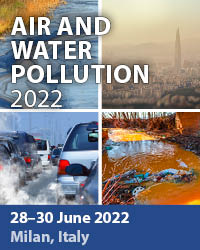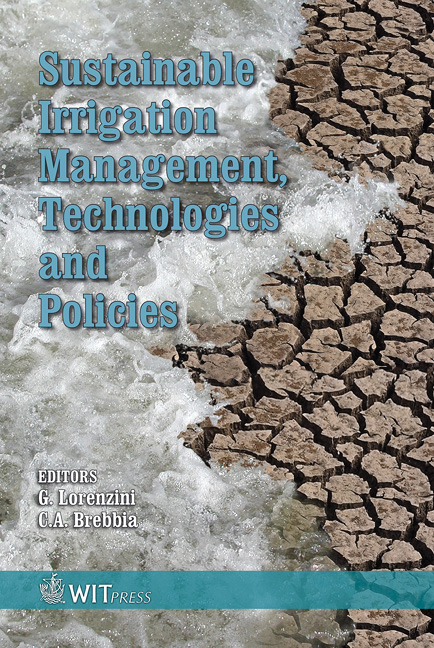Sustainable Irrigation In South China: A Case Study Of The Chengyang Valley
Price
Free (open access)
Transaction
Volume
96
Pages
5
Published
2006
Size
1,566 kb
Paper DOI
10.2495/SI060031
Copyright
WIT Press
Author(s)
A. de Miranda
Abstract
In South China, in the rural Chengyang area, large rice fields crossed by the Linxi River are still irrigated by the river water raised by bamboo water-wheels. These water-wheels represent a viable and elegant example of a sustainable irrigation system, whose functional aspects are successfully combined with their aesthetic characteristics. The advantages provided by the material, which is easily available in the area, and the morphological characteristics of the land, have allowed the construction of numerous examples of this system of irrigation. It has a simple assembly, is efficient and has low operational and maintenance costs and enables irrigation requiring no petrol or oil. This paper analyses the device focusing on its architectural and constructive aspects, on the important role played by the material, and on its advantages and disadvantages. Keywords: bamboo construction, irrigation, eco-architecture, China. 1 Introduction Bamboo has a long and well-established tradition as a building material throughout the world’s tropical and sub-tropical regions. Bamboo is a renewable and versatile resource, characterized by straightness, lightness, hardness, high fibre content and easy workability. These particular qualities of bamboo make it ideal for different technological purposes. Located in South East China, in the sub-tropical humid monsoon climate region, Guangxi has a good climate for bamboo plantations and, at the same time, people there have experience in selected seed cultivation and planting techniques.
Keywords
bamboo construction, irrigation, eco-architecture, China.





